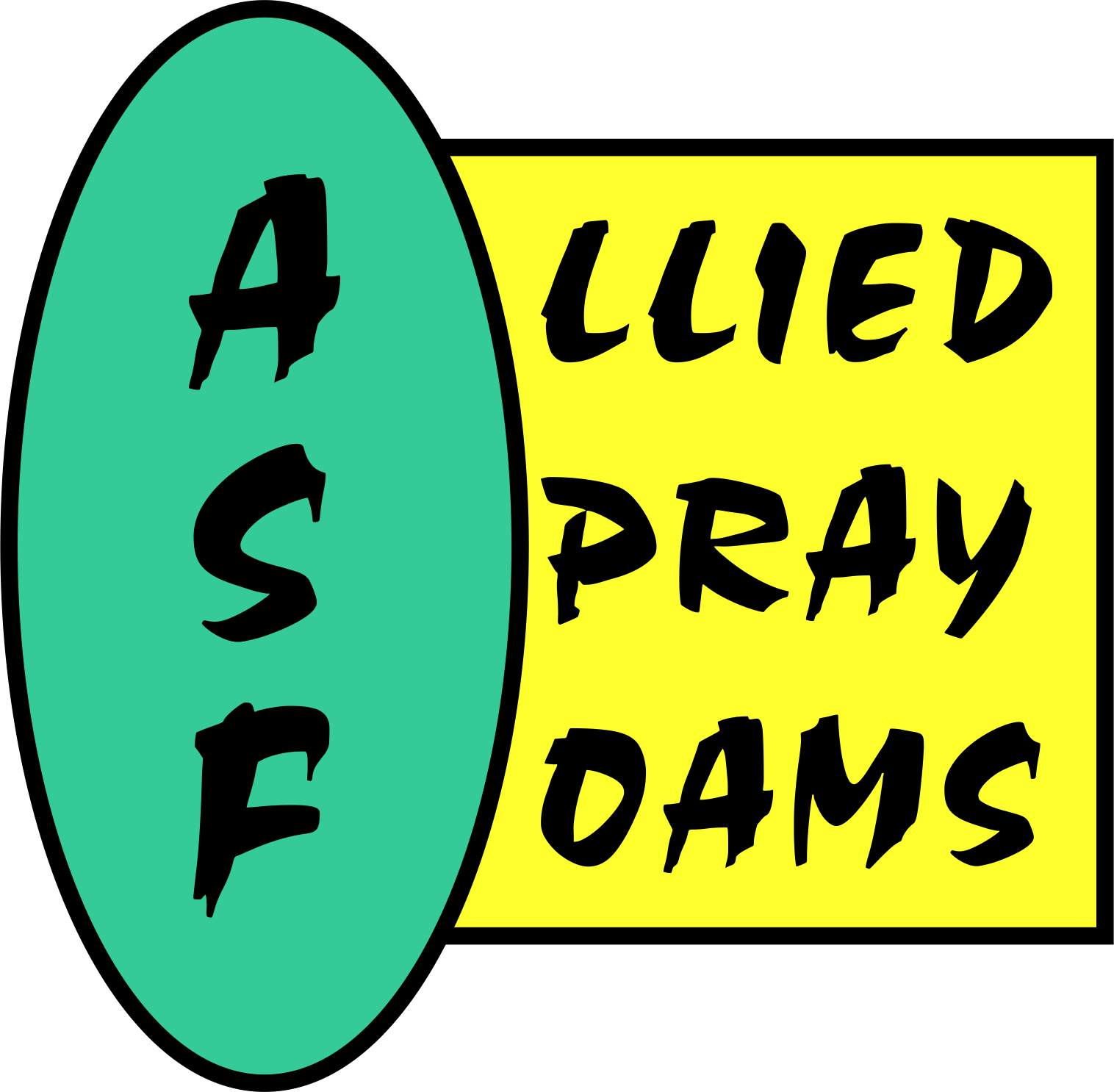FAQs
Open-Cell Spray Foam Insulation: Questions and Answers
Q: How does the cost of open-cell spray foam insulation compare to conventional insulation? A: Open-cell spray foam is typically more expensive upfront than traditional insulation. However, its ability to air seal buildings effectively leads to significant energy savings. When calculating its cost, consider the potential to downsize HVAC systems and eliminate other material and labor costs. The investment in open-cell spray foam pays off in energy savings within approximately three years.
Q: Are there overheating concerns with electrical wiring when using open-cell spray foam? A: No, there are no special overheating risks for electrical wiring with open-cell spray foam, provided that correctly rated wires are used. This is similar to the precautions taken with other insulation types.
Q: Is open-cell spray foam compatible with other building materials? A: Yes, open-cell spray foam is compatible with most common construction materials and is resistant to various solvents, preservatives, and sealers used in residential and light commercial construction.
Q: Can open-cell spray foam adhere to metal studs? A: Absolutely. Open-cell spray foam adheres well to metal studs, as well as other materials like wood and cement board. It’s important to protect areas not requiring insulation, like windows and doors, from over-spray.
Q: Can homeowners install open-cell spray foam themselves? A: Open-cell spray foam insulation requires installation by an Approved Applicator using specialized equipment. This ensures proper handling of the chemicals involved and the best installation outcome.
Q: When should open-cell spray foam insulation be installed in a new construction? A: It should be installed after the completion of windows, doors, and roofs, following electrical and plumbing inspections, and before installing the drywall.
Q: Does open-cell spray foam insulation support the growth of mold and mildew? A: No, open-cell spray foam insulation does not support mold or mildew growth, as it lacks nutritional value for these organisms. Its air-sealing properties also prevent moisture accumulation that can lead to mold.
Q: Does open-cell spray foam contain harmful chemicals like Urea Formaldehyde or CFCs? A: No, open-cell spray foam is free from Urea Formaldehyde, CFCs, and HCFCs, making it an environmentally friendly insulation choice.
Q: How long does open-cell spray foam remain flexible? A: Open-cell spray foam maintains its flexibility throughout the life of the building, adapting to structural expansions and contractions without losing its seal.
Q: Can open-cell spray foam be applied to existing walls? A: It is not typically recommended for existing walls. However, it can be effectively used in attics and crawl spaces in retrofit applications to address significant energy loss.
Q: What is the R-Value of open-cell spray foam insulation? A: The R-Value of open-cell spray foam is approximately R-3.8 per inch. In a standard 4-inch wall, this translates to an R-Value of around R-13, and in a 6-inch wall, about R-21.
Q: Does open-cell spray foam degrade, sag, or shrink over time? A: No, open-cell spray foam is chemically and physically stable, maintaining its shape and effectiveness over the long term without sagging or shrinking.
Q: What are the primary advantages of using open-cell spray foam? A: Key benefits include improved energy efficiency, reduced heating and cooling costs, enhanced indoor air quality, and better sound control. Its application results in an airtight building envelope, greatly enhancing the overall energy performance of the structure.
